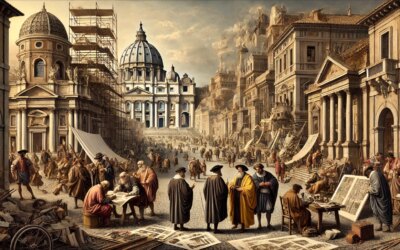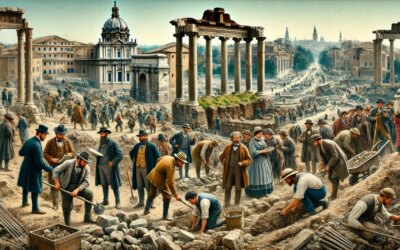The Fall of the Papal States
For over a thousand years, the popes ruled Rome as sovereigns of the Papal States. However, by the 19th century, the movement for Italian unification—Risorgimento—had swept through the peninsula, bringing an end to fragmented rule. The last obstacle to a fully unified Italy was Rome, still under papal control.
The Path to Rome: Political and Military Pressure
By 1861, the Kingdom of Italy had been proclaimed under King Victor Emmanuel II, but Rome remained outside its control. The French garrison stationed there protected Pope Pius IX, preventing Italian troops from advancing. However, when France withdrew its forces in 1870 due to the Franco-Prussian War, the moment for action arrived.
The Breach at Porta Pia
On September 20, 1870, Italian forces, led by General Raffaele Cadorna, laid siege to Rome. The decisive moment came when the Bersaglieri, Italy’s elite light infantry, broke through the ancient walls at Porta Pia after brief resistance from the Papal Zouaves. Within hours, Rome was in Italian hands, marking the symbolic end of the Papal States.
Pope Pius IX’s Response
Rather than surrender formally, Pope Pius IX withdrew into the Vatican, refusing to recognize the new Italian government. This led to the so-called “Roman Question,” a political standoff that would not be resolved until the Lateran Treaty of 1929, which created Vatican City as an independent state.
Rome Becomes Italy’s Capital
With the fall of Rome, the unification of Italy was complete. In 1871, the city officially became the capital of the Kingdom of Italy, solidifying its place as the heart of the nation. The event reshaped Italy’s political landscape and ended centuries of papal temporal power.
The Legacy of September 20
The capture of Rome remains one of the most significant moments in Italian history. Today, the breach at Porta Pia is commemorated as a turning point in the nation’s journey toward unity, marking the transformation of Rome from a papal stronghold into the capital of modern Italy.






